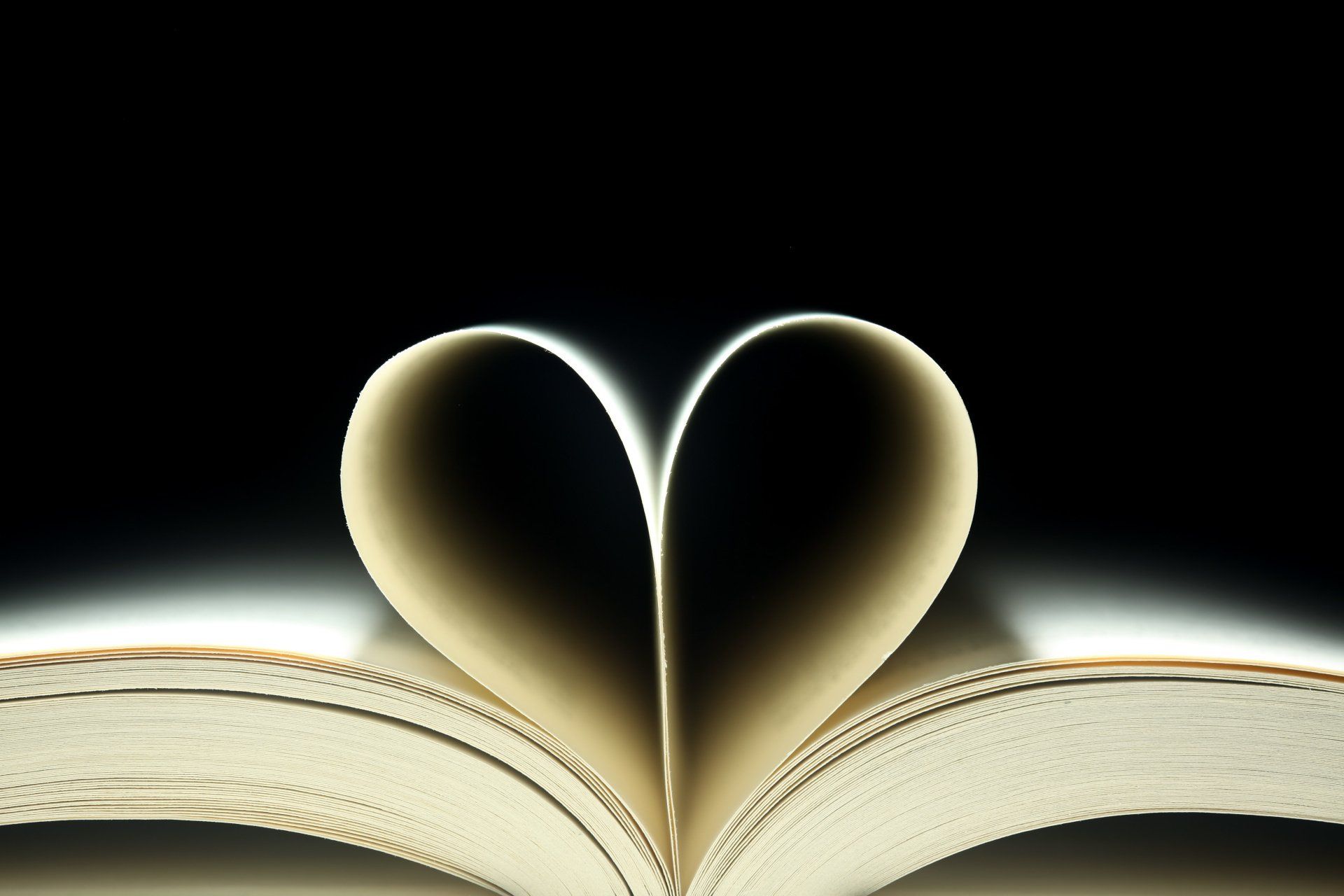Art & Integration
ART & INTEGRATION
Integration refers to the phase after a course or peak experience when we try and apply the insights and lessons to our daily lives. Quite often this period can be very positive, especially if the experience was pleasant or illuminating. It can be a time when new practices are established and rewards are reaped. However, it is important to safeguard our process from 'spiritual bypassing', characterised by a tendency to move towards pleasant experience and away from more challenging aspects. When these elements are ignored they are often expressed insidiously and/or held in the body. If you find yourself being easily triggered by life's events then this is a sign that integration work is still required, respecting that the whole of life is a learning journey no matter how 'developed' somebody is. It may be that you have little choice anyway, the course or peak experience may have brought to your awareness unintegrated emotions, arising from childhood, biographical and/or collective trauma. Confronting these experiences is not easy but extremely worthwhile.
Generally, it is particularly important to exercise self-compassion during this stage and allow yourself plenty of time. It helps to be realistic and focus on one thing at a time rather than setting yourself numerous goals to accomplish. There is no doubt this is where the 'work' lies though - a course, workshop or peak experience may give you the opportunity to reflect on yourself and often with the support of a group but ultimately successful integration requires an ongoing commitment to personal growth and authenticity.
Establishing or consolidating a practice (e.g. yoga, meditation, time spent in nature, creativity) can all help considerably with the process. This page highlights a few creative approaches to consider, all of which feature in the courses and workshops offered. None necessarily require specific artistic skills. Edward himself is a semi-professional artist and enjoys creative approaches as part of his regular practice; you can see some of his work
here.
MANDALA DRAWING
A mandala drawing, or collage, is the typical integration exercise offered after a Holotropic Breathwork® session, providing an opportunity to capture the emotions and imagery associated with such a peak experience. These are typically any image or pattern, drawn inside a circle, shortly after such a session though objects from nature can also be gathered. Many also find drawing sacred geometry as an effective and creative process for connecting with their experience of unity consciousness. Click
here
to view some beautiful examples of mandala inspired art.
ALTARS & SHRINES
Creating your own personal shrine or altar at home can serve as a daily reminder of who you are, your journey and your connection. Altars and shrines are simple to create, whilst those with creative flair may also enjoy making assemblages or collages.
Edward combines contemporary portraiture with shrine making and assemblage as part of his own artistic practice. Click
here to have a look at some of his work. You may also be interested in this
Pinterest board highlighting a variety of pieces by other artists.
SoulCollage®
Making your own deck of cards for personal readings is a great way of integrating a peak experience or key insight, which can then be returned to periodically as a practice or when seeking help with a particular question. The process of soul collage involves creating your own deck by collaging a small number of images onto individual cards, each representing a particular ancestor, guide, archetype or energy. When asking a question you reflect on the answer the altar on each of a selection of cards would give you. Click here
for more information on Soul Collage®.
Images created are normally private but have a look at my Pinterest board
for a flavour.
JOURNALLING
Taking time to reflect regularly can help discern what life is trying to teach you at any given moment in time as well as express gratitude. Such contemplation is enhanced by the act of writing and particularly so in relation to specific questions.
Here
is a template for a mindful journal designed by Andrea Crawford and myself.





